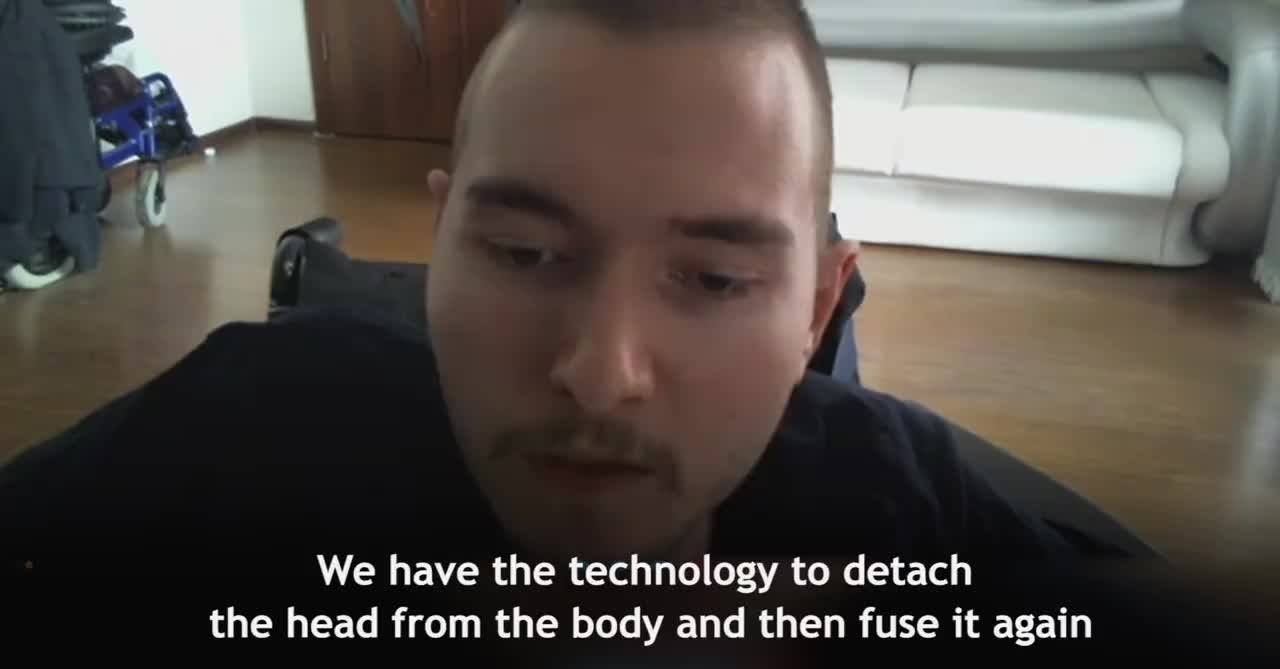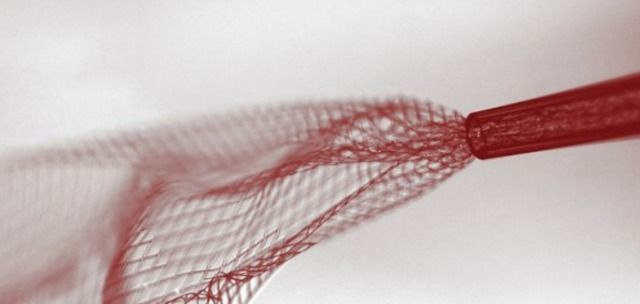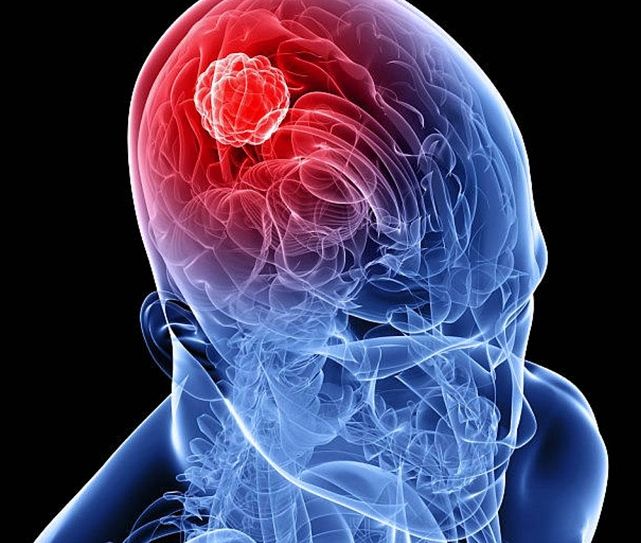https://youtube.com/watch?v=3pjTHDdC3C4
War on drugs has a new friend.
The football-sized robots are designed to work in packs, programmed for various tasks from locating wreckage to detecting contraband through a ship’s hull.

https://youtube.com/watch?v=3pjTHDdC3C4
War on drugs has a new friend.
The football-sized robots are designed to work in packs, programmed for various tasks from locating wreckage to detecting contraband through a ship’s hull.

Interesting & a perplexing viewpoint by this author on “Singularity” and AI in general. First, I believe folks have varying views on the word “Singularity.” This author believes it is when machines become smarter than humans. In my case; I see Singularity is when humans and machines become connected to all things; not necessarily when a machine becomes smarter than myself. Also, the author definitely is not open to exploring all the possibilities around AI; thank goodness all innovators do not have this same mindset.
Human-like robots are popping up everywhere. From the factory floor to product packaging and delivery. From restaurants to the battlefield. From patient care to camel racing. And countless other places. The driverless cars we talked about in this column only a few years ago can be seen on the road today. Our electronic devices are not only talking to us, they’re beginning to understand what we need without even having to ask.
All of this has led to rampant speculation about when the so-called “singularity” is going to happen. When machines become “smarter” than humans. Sorry to disappoint, but the ultimate brain isn’t a future generation of IBM’s Watson or some super-distributed artificial intelligence network like the fictional Skynet portrayed in the Terminator movies.
The next leap in intelligence may actually be viewed as a step backward. That’s because it’s been around for as long as humans have inhabited the earth. Maybe even longer. It’s a network more massive than Skynet, with trillions of nodes and innumerable connections. And it’s not something “out there.” This recently discovered superbrain exists inside each and every one of us. Introducing … the human microbiome.

First, this study is very biased and flawed. Secondly, have the tech companies considered all of the resistance that we’re all going to face with the provider and payer communities plus their lobbyists when we try to promote medical AI, nanobots, etc.
I have seen some resistance mounted by some providers, some pharma, etc. against CRISPR. And, I believe this type of resistance is only going to hurt patients as well as many cancer survivors with a genetic predisposition to cancer, and other genetic mutations.
A study of mobile health apps’ impact on health care costs represents a limited but crucial step for assessing digital medicine.

Would YOU have your body cooled to −15C, spinal cord cut, someone else’s head attached to YOUR body with special bio-glue and stay in an induced coma for 3–4 weeks?
This guy will.
#headtransplant
For more information http://www.desireforlife.org/

Elon Musk, CEO of Space Exploration Technologies (SpaceX) and Tesla Motors, Inc, was at Startmeup Hong Kong and talked about what he thought were areas of technological opportunity.
At 37 minutes into this video Elon Musk talks about high potential technology like Hyperloop which he currently does not have time to address electric aircraftgenetics is thorny but is our best shot at many tough diseasesbrain computer interfaces at the neuron level has potential for intelligence augmentationNeural Lace was mentioned.
Scientists from China and the US have found a pioneering way to inject a tiny electronic mesh sensor into the brain that fully integrates with cerebral matter and enables computers to monitor brain activity.
Researchers from Harvard and the National Center for Nanoscience and Technology in Beijing have succeeded in inventing a flexible electrical circuit that fits inside a 0.1mm-diameter glass syringe in a water-based solution.
This tiny electronic mesh sensor is thin and flexible enough to be injected into the brain and gentle enough to integrate fully with brain cells, making human cyborgs a possibilityLieber Research Group, Harvard University
When injected into the brains of mice, the mesh unfurled to 30 times its size and mouse brain cells grew around the mesh, forming connections with the wires in the flexible mesh circuit. The biochemical mouse brain completely accepted the mechanical component and integrated with it without any damage being caused to the mouse.
Talk about streamlining and improved efficiencies in clinicals.
Livonia, MI — January 25, 2016 — McKesson Pharmacy Systems & Automation (MPS&A) announced the release of the McKesson Clinical Programs Solution™, a new platform that allows pharmacists to build customized wellness programs and maintain vendor programs for patients with specific medical conditions. The Clinical Programs Solution™ also saves pharmacists time and labor costs by automatically synchronizing the data of patients enrolled in a clinical program with McKesson’s EnterpriseRx® pharmacy management system.
“In today’s increasingly competitive healthcare reimbursement environment, pharmacies are under more pressure than ever to create and manage clinical programs that address patient wellness,” said Emilie Ray, president, McKesson Pharmacy Systems & Automation. “Our Clinical Programs Solution can help meet this challenge by providing pharmacists with a flexible, easy-to-use tool to build and manage clinical services that best suit their patients’ needs and positively impact their pharmacy’s bottom line.”

This is huge: “An important mystery has been why some cells in the body already have mutations seen in cancer, but do not yet fully behave like the cancer” Could we finally have a consistent way to identify and treat gene mutations tied to cancer?
For the first time, researchers have visualized the origins of cancer from the first affected cell and watched its spread in a live animal. This work could change the way scientists understand melanoma and other cancers and could lead to new, early treatments before the cancer has taken hold.

Nice — definitely need this focus.
CELEBRITIES are coming together and signing up to support World Cancer Day.

One key question can it help control Glioblastoma.
A new “wearable” device being tested to suppress brain-cancer cell growth in patients ended its clinical trials early with positive results. Optune is a battery powered device researchers claim will extend the life of a patient with “newly diagnosed glioblastoma” when it is paired with traditional temozolomide chemotherapy. Researches were confident enough in its effectiveness to end the clinical trials (which ran from July 2009 to November 2014) of the device early. The device is likely not “the cure for cancer,” but it is a step forward in extending the life expectancy of brain-cancer patients and more research will be needed to see if it may be effective on other forms of cancer.
“With this new data, it appears the tumor-treating fields should be used upfront and become a standard of care. We should add this modality to what we’re currently doing for our patients,” said Dr. Maciej Mrugala, a brain-cancer specialist who led UW Medicine’s participation in the clinical trial.
“You get almost five months’ survival benefit. It may not sound like a lot, but if you’re living with this diagnosis, this is a meaningful improvement,” said Mrugala. UW Medicine was one of the first 15 U.S. providers to employ the novel tumor-treating therapy; now there are more than 200.
Glioblastoma multiforme is the most common primary brain tumor and a highly aggressive cancer. The Optune device, manufactured by Novocure, disrupts cancer-cell reproduction by sending alternating positive and negative charges between small ceramic discs embedded in on four sides of the mesh cap.

PI3K (phosphoinositide 3-kinase) is a cell-signaling molecule found tied to breast, ovarian, and endometrial cancers.
Important insights into the biology that underlies glycolysis, the metabolic process that enables cancer cells to generate biomass and energy, have been revealed by new research, confirming the importance of sugar to cancer survival.